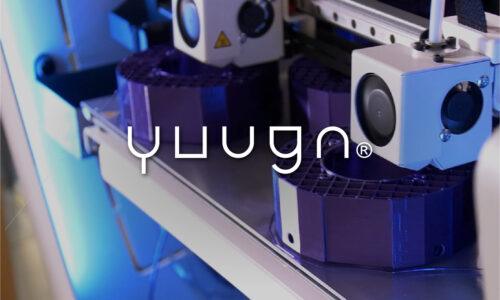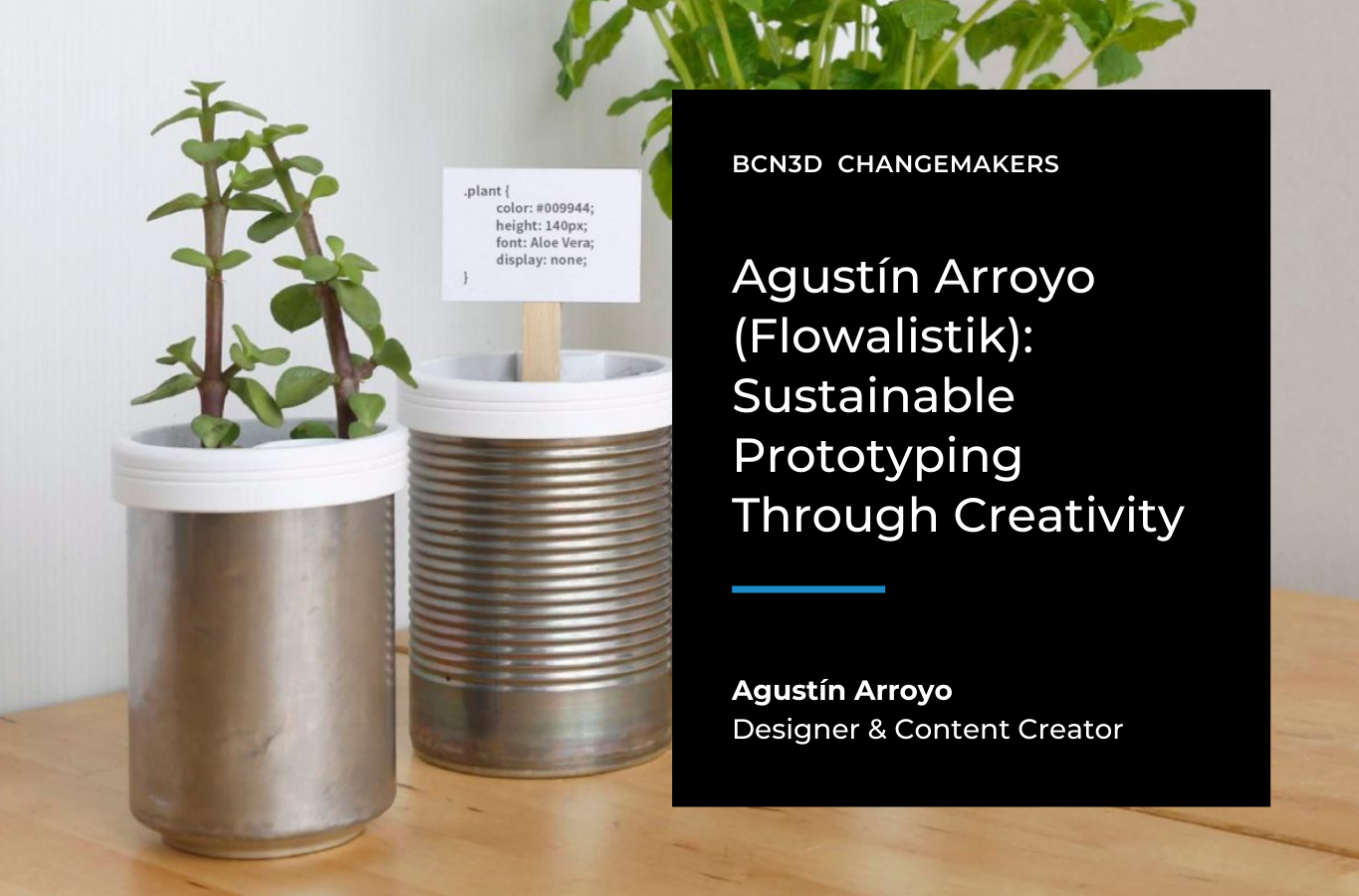3D printing aids the design of artificial reefs at Sustainable Oceans International
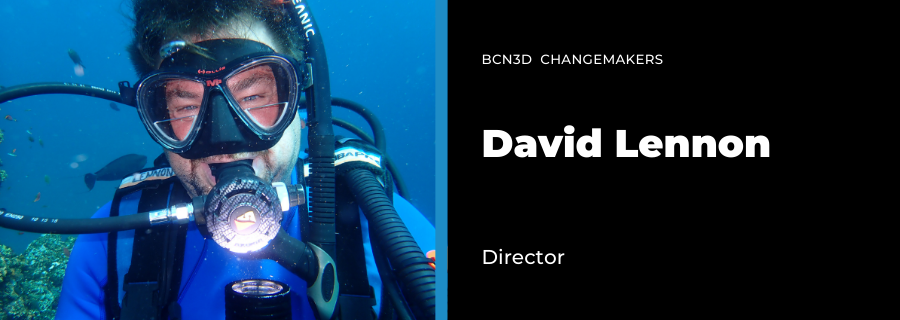
Artificial reefs are constructed around the world to enhance fish stocks, create dive attractions or repair damaged reefs. For thousands of years, they have been made from bamboo and, in modern times, concrete and steel or decommissioned ships or even planes. The most common type of unit is concrete cast with traditional steel, fiberglass, or wood molds. Because of the casting method, they tend to be fairly ‘artificial’ in shape (squares, domes, pyramids) and uniform in design, i.e. they all have the same features. To maximize biodiversity on a reef requires a diversity of habitat, just as a diverse and thriving city has a diversity of buildings.
Sustainable Oceans International (SOI) was founded in 2007 with the goal to advance artificial reef design and find ways to make reef units that look more natural but still retain the ability to provide diversity of habitat, stable design, and ease of deployment. And this is where 3D printing comes in.
SOI with James Gardiner and DSHAPE in Italy were the first in the world in 2012 to use a construction size 3D printer to print artificial reef units. DSHAPE developed a sand printer that could produce wonderful organic-shaped units out of a very natural material: sand.
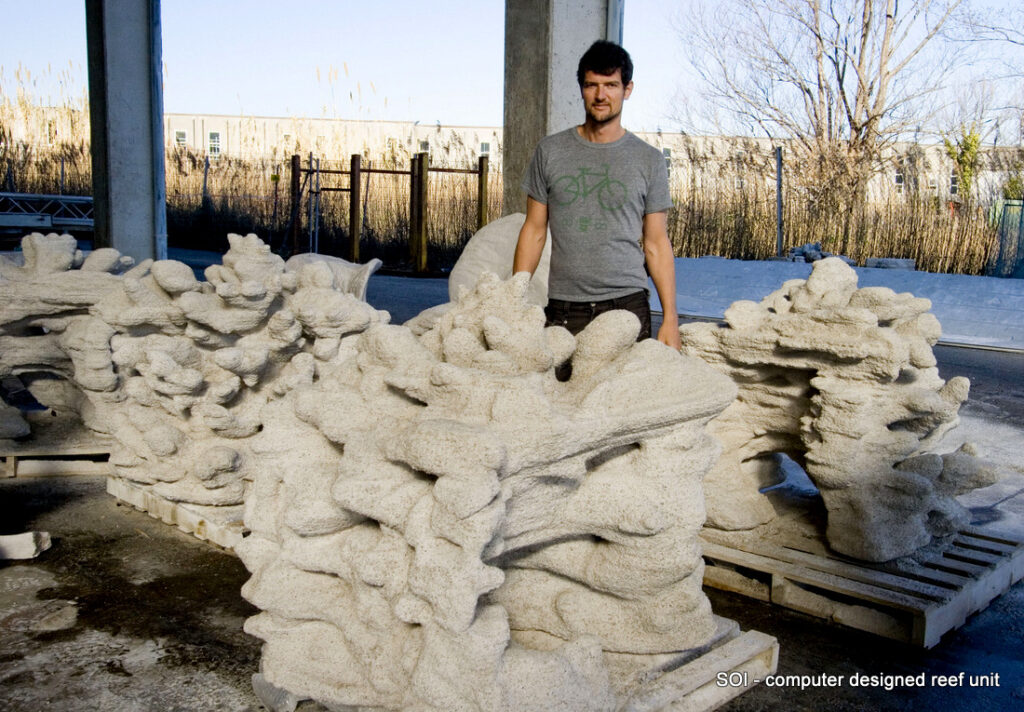
This unit took shape first as concept drawings with pencil and paper which were then turned into a 3D file. The design took into consideration how the unit would be lifted and the target species we wanted the reef unit to serve – very similar to how an architect designs a building for specific occupants. It’s about understanding how your target species use structure and surfaces including the gaps between reef units. Once a 3D file has been produced, we print small models (<10cm high) to view and analyze to make sure the unit is fit for purpose. Once the design is considered good to go we commence the construction print.
Fast forward to today and advances in 3D printing have meant the technology can assist with artificial reefs in numerous ways, as shown below, and this list is growing.
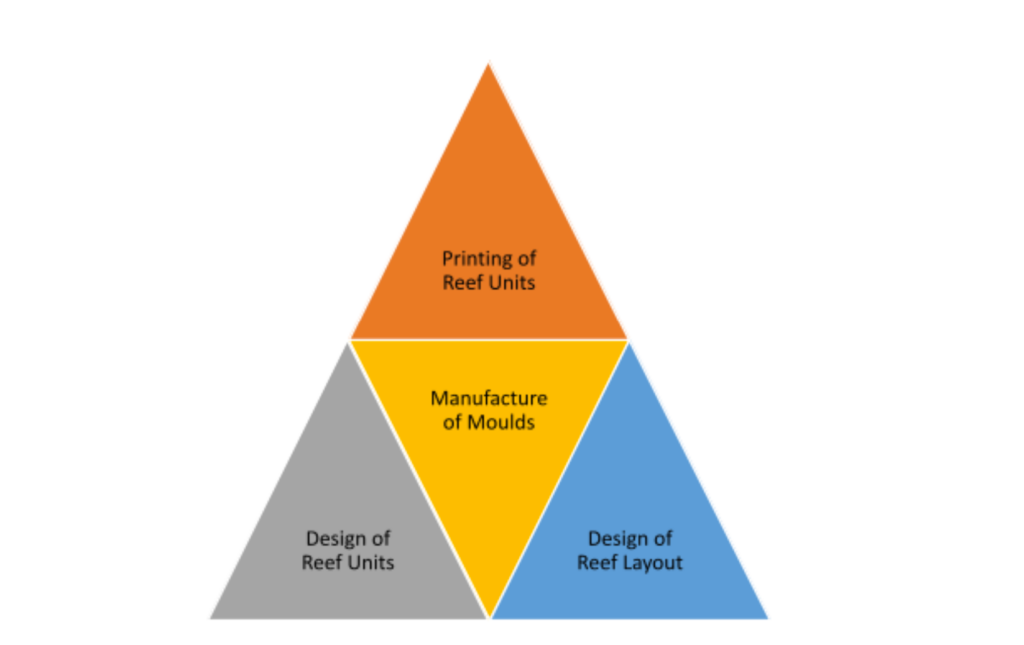
Design of Reef Units
3D printing and digital design mean we can produce scale models very quickly and assess their features and how they may fit together and function as a reef. In the past, this was done using clay and was very time-consuming and nowhere near as accurate. Now we can vary designs, add or subtract features and create far more variations for assessment within the same day. Typically we start with a sketch and then turn this into a 3D file. We can also use the models for promotion and education purposes which is often required when seeking funding or permits.
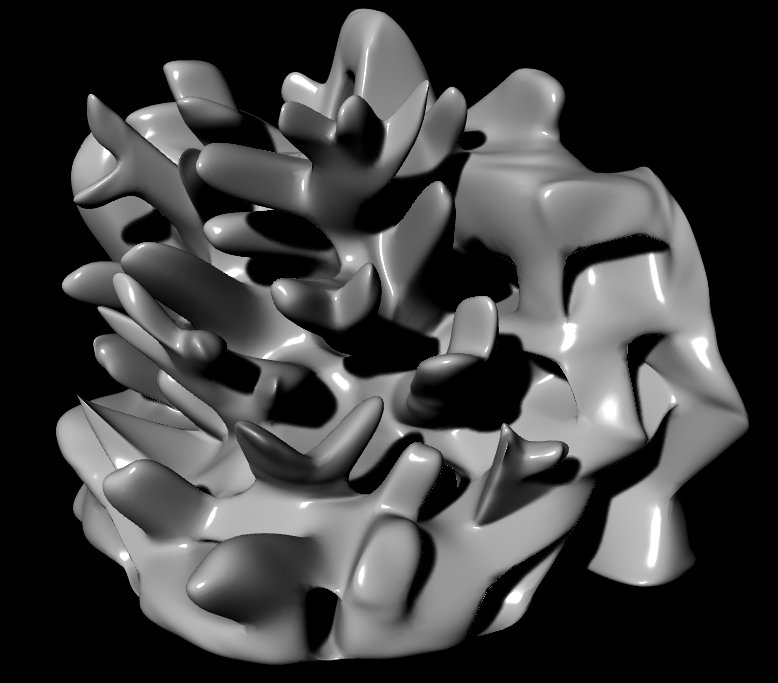
Design of Reef Layout
Reef layout influences how effective a reef will be, just like the layout of a city does. With CAD and 3D models we can create a range of layouts and ascertain how they will function and use this to come up with the best design. We can also use the layouts for promotional and permitting purposes.
Manufacture of Molds
For smaller reef units we use 3D printing to print positives that we then make molds from in order to cast units out of cement or other suitable material. This saves a huge amount of time compared to carving and sculpting positives out of clay.
Printing of Reef Units
The wonderful advances in the construction of 3D printers, such as those by Hyperion Robotics and DSHAPE, now make it feasible to use them to manufacture reef units. Advantages include not needing to manufacture or assemble molds and it is very simple to vary each unit, therefore increasing diversity of habitat. We can also obtain a more ‘organic’ shape with a 3D printer. Print files can be sent around the world in an instant so the design of the reef units does not need to happen in the same country as the construction.
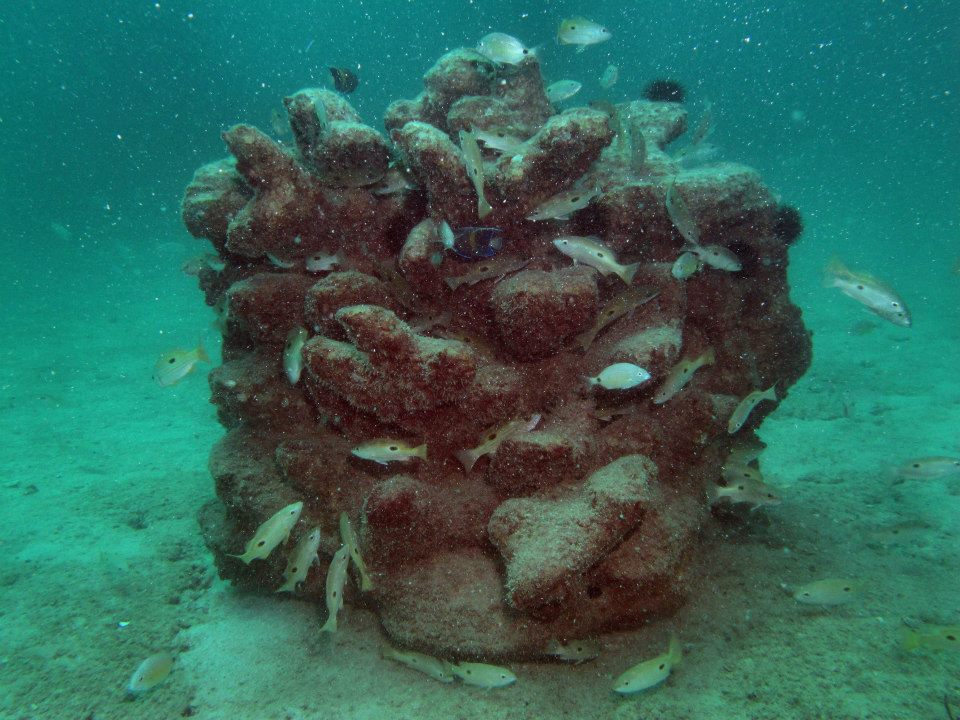
Large-scale 3D printing with cement is still in its infancy but already shows exciting promise to help us in the pursuit of “better design below the waterline”.


